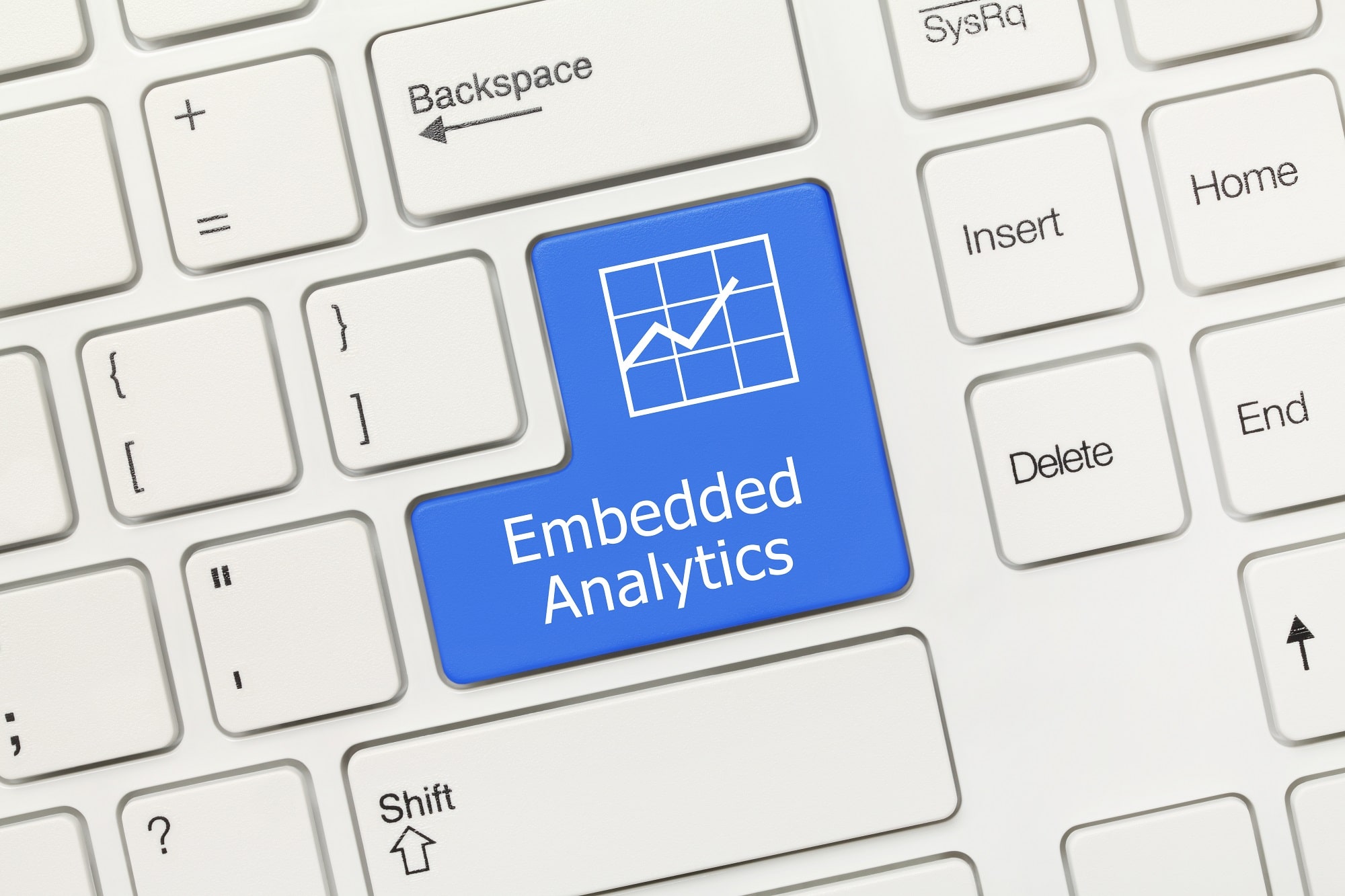
Recently I’ve had several conversations with developers, and I’ve asked them “Are you embedding analytics into your application?” I’ve been surprised by how many of them have said, “No, we’re not,” or, “Not yet.” So I wanted to take some time to explore why developers should be thinking about embedded analytics sooner rather than later.
Tech is facing disruption
Like virtually every industry, technology companies are facing disruption. A lot of it is driven by their customers’ digital transformations. Customers are going to the cloud, and as a result, they’re consuming services differently. Cloud has significantly changed the way technology companies build and sell their products.
One change is the shift from perpetual licensing to subscription pricing, and the move to managed offerings like Platform-as-a-Service (PaaS) and Software-as-a-Service (SaaS). Perpetual licensing was a good deal for providers, as it’s guaranteed revenue, often for several years. Subscription pricing can also be a good deal for providers, provided they are able to manage the resources they need to deliver a PaaS or SaaS solution and closely mirror consumption.
Another change is the move from monolithic architectures, where an application is self-contained, to microservices architectures, where different components of the application are spun up when needed via API calls. Monoliths were responsible for many cloud migration headaches, as it was not easy to lift and shift them into the cloud, and even when it was possible, self-contained applications didn’t easily integrate with other cloud services, eliminating a lot of the benefits of migrating to the cloud in the first place.
Microservices architectures enable agile development. It’s easy to make changes to individual components of an application without affecting other components. It’s also good for customers who want to get the most out of their cloud environment. But it requires orchestration and monitoring of multiple components to achieve the high performance and high availability that customers require.
Finally, customers demand a personalized, streamlined User Experience (UX). Customer expectations for technology products and services have been shaped by how the largest tech firms in the world, like Amazon and Google, build applications that leverage data to transform and personalize the user experience. Whether you’re directly competing with those firms or not, they have set the UX bar high. The pressure is on tech firms to leverage data to personalize the UX and ensure their application is easy and intuitive for end users.
Embedded analytics for the User Experience
Embedding analytics into your application offers insights that can improve the user experience.
Understanding how a customer navigates your application in the form of clickstream or application telemetry data can give you insights into where and how they are running into challenges from a usability standpoint, how they could potentially be more productive, or for what reasons they may be abandoning a session altogether. Providers can use that data to quickly iterate and make changes to the UX, provide better customer support, or provide automated support.
Insights can also help developers personalize the UX by getting end users where they need to go within the application quickly, or by combining application telemetry data with account, demographics, geolocation, and device data to make suggestions or recommendations within the application.
Embedded Analytics for Operational Efficiency
The shift to subscription pricing, delivery models like PaaS and SaaS, and the broad adoption of microservices architectures for application development all require analytics to achieve operational excellence.
Subscription pricing and managed services require technology firms to allocate resources dynamically based on consumption in order to optimize overhead costs. Using predictive analytics to understand peaks and valleys in consumption can help technology firms manage costs more efficiently without sacrificing availability or performance.
Microservices architectures require monitoring and orchestration of multiple components. Customers require high availability and high performance. It’s no longer enough to simply identify and isolate issues within the application, because those issues are already affecting performance and availability. Providers must be able to combine historical data with real-time data from the application components and the network to build predictive models that can use inference to proactively identify and mitigate issues with individual components of their application before the customer experiences a problem.
Embedded analytics can help developers maintain high performance and high availability for their applications while optimizing the overhead costs associated with delivering their services.
Embedded analytics can transform your business
I hope I’ve convinced you that, due to the challenges providers face in today’s technology market, it’s worth your time and energy to consider embedded analytics within your application. Data-driven operations and user experience can give you a competitive advantage today over all of the other product and application development teams who haven’t yet made what I see as a critical investment in the future of their business.






